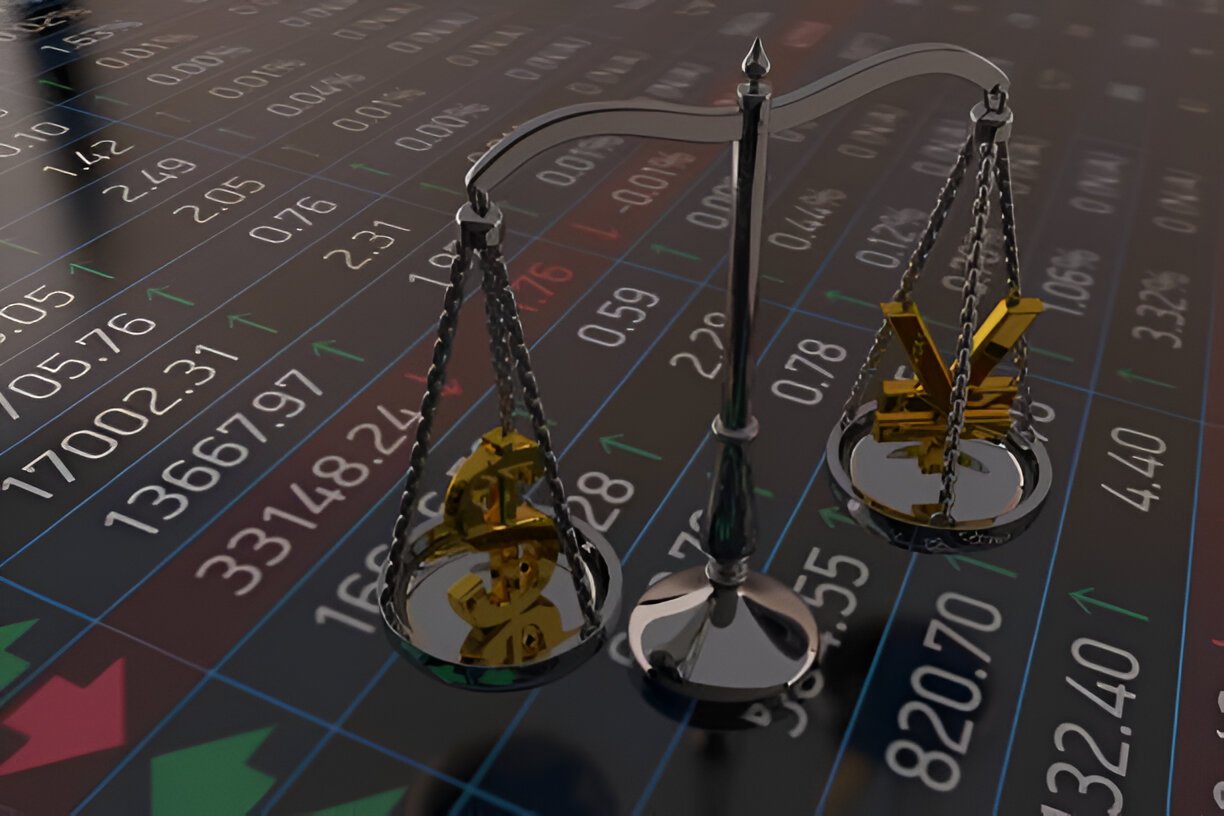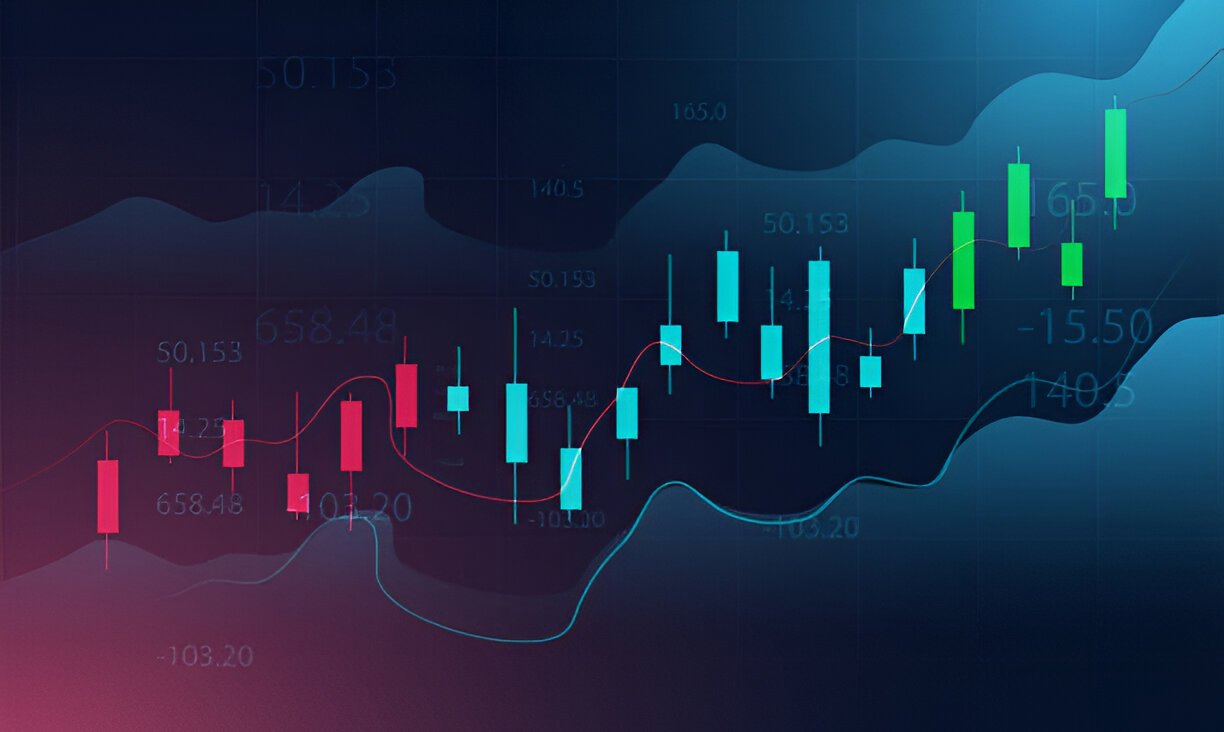Introduction
Foreign exchange (Forex) trading is one of the most politically sensitive financial markets in the world. While economic fundamentals play a significant role, political events can often trigger sharp fluctuations. As someone who closely monitors currency markets, I have seen firsthand how geopolitical decisions shape market trends. One of the most prominent examples in recent history is Brexit, a political event that reshaped the global forex landscape. In this article, I will break down how Brexit and broader political developments impact forex trading, providing clear examples, historical data, and practical calculations that illustrate these effects.
The Mechanisms of Political Influence on Forex Markets
Political events influence forex trading through multiple channels:
- Market Uncertainty and Volatility: Political instability creates uncertainty, leading to volatile currency movements.
- Trade Policy and Tariffs: Changes in trade agreements affect currency valuations.
- Capital Flows and Investor Confidence: Political stability attracts foreign investment, strengthening a nation’s currency.
- Central Bank Policy Responses: Political disruptions often prompt monetary policy shifts that impact forex rates.
Understanding these mechanisms is crucial for making informed trading decisions.
Brexit and Its Impact on the British Pound (GBP)
A Timeline of Brexit’s Influence on GBP/USD
| Date | Event | GBP/USD Movement |
|---|---|---|
| June 23, 2016 | Brexit referendum results announced | GBP/USD drops from 1.50 to 1.33 (-11%) |
| October 2016 | UK Prime Minister signals “Hard Brexit” | GBP/USD falls below 1.20 (-10%) |
| December 2019 | Boris Johnson’s election win | GBP/USD rises from 1.31 to 1.35 (+3%) |
| December 2020 | UK-EU trade deal announced | GBP/USD climbs to 1.37 (+4%) |
From the table above, we see how Brexit-related events triggered sharp currency movements. The 2016 referendum saw the British pound (GBP) crash against the US dollar (USD), reflecting market fears about economic uncertainty.
Example: Calculating Forex Returns from Brexit Volatility
Let’s say I traded GBP/USD after the Brexit referendum. Suppose I shorted GBP/USD at 1.50 and covered my position at 1.33.
P = (\text{Entry Price} - \text{Exit Price}) \times \text{Lot Size}Assuming I traded one standard lot (100,000 units):
P = (1.50 - 1.33) \times 100,000 = 17,000This means a $17,000 gain on a single trade due to Brexit-induced volatility.
Comparing Brexit’s Forex Impact to Other Political Events
Brexit isn’t the only political event that has rocked forex markets. Let’s compare it to other major political shocks:
| Event | Currency Affected | % Change |
|---|---|---|
| Brexit Referendum (2016) | GBP/USD | -11% |
| US-China Trade War (2018-2019) | USD/CNY | +9% |
| Russian Invasion of Ukraine (2022) | EUR/USD | -6% |
| Trump Election Win (2016) | USD Index | +3% |
From this table, we see that Brexit caused one of the sharpest currency swings in modern history, comparable only to major geopolitical crises.
The Role of Central Banks in Political Events
Political events often force central banks to intervene in currency markets. After Brexit, the Bank of England (BoE) slashed interest rates to stimulate the economy. Let’s examine how this impacted GBP.
Interest Rate Cuts and Forex Markets
When a central bank cuts rates, the currency typically weakens because lower rates make it less attractive for investors seeking yield.
Example Calculation: Interest Rate Effect on GBP/USD
If GBP/USD was at 1.30 before a rate cut and traders expected a 0.5% rate drop, we can estimate the impact using historical elasticity data:
Expected Change=
\text{Expected Change} = \text{Elasticity} \times \text{Rate Change} \text{Expected Change} = (-0.5) \times (0.5) = -0.25A 0.25% drop suggests GBP/USD could move from 1.30 to 1.2675, which aligns with historical observations.
How US Traders Can Profit from Political Forex Volatility
1. Hedging Against Political Risk
I often use options and futures contracts to hedge my forex positions during political events. For example, ahead of Brexit, buying GBP put options would have been a smart move.
2. Trading Safe Haven Currencies
During geopolitical instability, traders often flock to safe-haven currencies like the US dollar (USD), Swiss franc (CHF), and Japanese yen (JPY). During Brexit uncertainty, USD/JPY fell sharply as investors sought safety in JPY.
3. Following Economic Indicators
Political events often coincide with economic uncertainty. Key indicators I monitor include:
- GDP Growth Rates: Political disruptions can slow GDP growth, weakening a currency.
- Inflation Rates: Higher inflation can trigger central bank action, affecting forex.
- Trade Balances: Political changes impacting trade policies can shift currency values.
The Future of Forex Trading Amid Political Uncertainty
With Brexit largely settled, new political challenges continue to shape forex markets. In the US, upcoming elections, Federal Reserve policy, and geopolitical tensions (e.g., US-China relations) will play a crucial role in currency movements.
Conclusion
Political events like Brexit highlight how government decisions can create massive forex opportunities. Understanding market sentiment, central bank policies, and economic data helps navigate these turbulent periods. By employing strategies like hedging, safe-haven trading, and economic indicator tracking, forex traders can make more informed decisions.
The next major political event could be just around the corner. As forex traders, we must always be prepared, analyzing the risks and opportunities these events present. Keeping a close eye on geopolitical trends ensures we stay ahead of market shifts and capitalize on them effectively.




